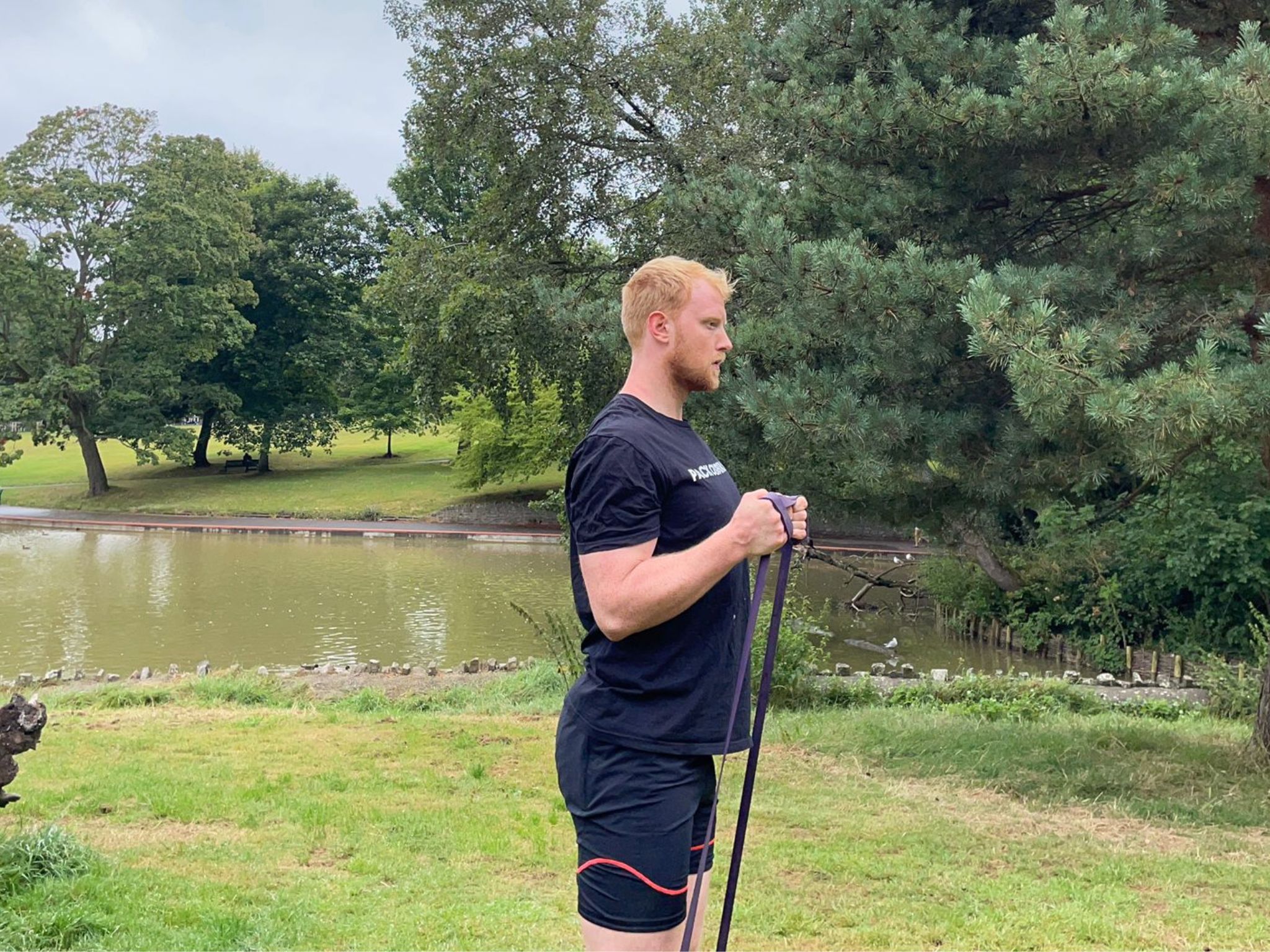Exercising on holiday isn’t for everyone, but I love it: it’s a stress-free opportunity to move my body and have fun playing around with new ways of training. So, when I found myself without access to a gym on a recent trip, I took on the challenge of working out for a week with just a single resistance band – and I was surprised how much I enjoyed it.
Resistance bands are cheap and compact, with mine costing roughly £10 and taking up less space in my gym bag than a pair of flip flops. I was impressed by how versatile it was too, granting me access to a far wider library of exercises than if I were training without any equipment at all.
Training with just one piece of kit was a drastic departure from my usual maximalist weightlifting sessions, but stashing a barbell in my backpack was always unlikely to meet Ryanair’s cabin bag policy. My resistance band, on the other hand, passed with flying colours and allowed me to perform muscle-building moves which targeted my entire body during my week away. And the benefits didn’t end there.
Here are three reasons why a resistance band will be among the first things I’ll pack for any future holidays.
It’s compact
As we’ve already established, a resistance band makes a far more travel-savvy training tool than a set of dumbbells or other free weights. A band will fit into any rucksack and won’t weigh you down when you’re racking up 10,000 steps trying to find your Airbnb (this might be unique to me, as I have a terrible sense of direction).
Its minimal size and weight were also handy when it came to my workouts. I enjoyed being able to sling it around my shoulders and jog to a scenic spot for an al fresco session, with this brief bit of running doubling up as part of my warm-up.

It’s versatile
The biggest problem I’ve found with bodyweight training is that, if you don’t have access to a pull-up bar, it’s incredibly difficult to hit the upper-body muscles responsible for pull movement patterns (where you’re pulling something towards you). Squats and lunges will work your legs, while push-ups cover the front-side of your torso, but your back muscles can be neglected if you’re not careful.
I found some creative solutions to this during…
Click Here to Read the Full Original Article at The Independent Travel…
